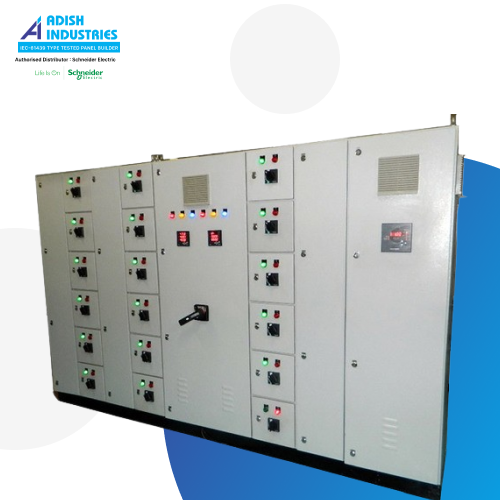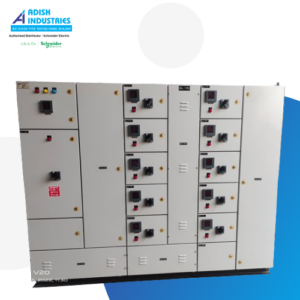Description
Understanding Power Factor Correction
Power factor correction (PFC) is a critical concept in electrical engineering that pertains to the efficiency of electrical systems. The power factor is defined as the ratio of real power, which does the useful work, to apparent power, which is the total power flowing in the circuit. An optimal power factor, ideally close to 1, signifies that most of the electricity consumed is being effectively converted into useful work, thus minimizing waste. When the power factor is low, it indicates inefficiencies within the system, leading to increased energy costs and higher operational expenses.
The significance of power factor correction lies in its ability to enhance energy efficiency. By improving the power factor, businesses can reduce their electricity bills and increase the capacity of their electrical systems without the need for further infrastructure investment. Low power factor can lead to wasted electricity and higher demand charges from utility companies, making PFC an essential practice for energy management across various industries.
Real-time power factor correction methods are designed to adjust power factor levels dynamically in response to the fluctuating demands of electrical loads. These systems monitor power factor in real-time and activate capacitors or inductors as needed to maintain an optimal power factor. This responsive approach ensures that energy efficiency is maximized under varying load conditions.
In addition to real-time adjustments, intelligent controllers equipped with fault detection alarms play a vital role in maintaining power factor levels. These advanced systems can promptly identify deviations and provide alerts to operators, ensuring quick resolution of power factor issues. By integrating PFC mechanisms with intelligent control solutions, organizations can significantly enhance their energy efficiency, minimize downtime, and improve the overall reliability of their electrical systems.
Applications and Specifications of Power Factor Correction Systems
Power factor correction (PFC) systems play a crucial role in enhancing energy efficiency across various industries, such as commercial buildings, healthcare facilities, and manufacturing plants. These systems are particularly beneficial in environments where reactive power demand fluctuates. By addressing these variations, PFC solutions ensure that electrical systems operate more efficiently, subsequently reducing energy losses and lowering operating costs.
In commercial buildings, power factor correction systems help improve the overall power quality. Many businesses are subject to penalties for low power factor ratings, making the installation of PFC systems essential for financial savings. Hospitals, which require a stable electricity supply for sensitive medical equipment, also benefit from PFC solutions, as they maintain voltage stability and reliability even under varying load conditions.
Industrial applications are equally significant, with factories often experiencing heavy inductive loads that can lead to suboptimal power factor levels. Capacitor banks with ratings of up to 1000 kvar are typically employed in these settings to counterbalance inductive loads, which enhances the overall performance of the electrical system. The design specifications of modern PFC systems include operating voltages of 230v and 415v, making them versatile and adaptable to different electrical requirements.
Another advantage of contemporary power factor correction systems lies in the implementation of microprocessor-based control systems. These innovative controls allow for real-time monitoring and automation, optimizing the operation of PFC systems based on the fluctuating demand. Additionally, the compact design and high durability of modern PFC units make them suitable for diverse environments, including areas subjected to harsh conditions.
Overall, investing in power factor correction systems not only enhances energy efficiency but also promotes long-term cost savings by mitigating energy wastage and penalties associated with poor power factor ratings.






